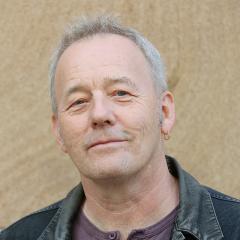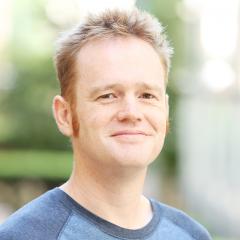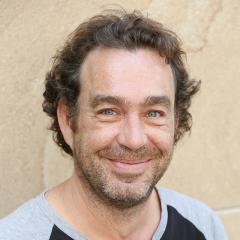To understand the cell is to understand life
Within the human body, there are 30 trillion cells and 200 different cell types. Understanding how the cell functions is crucial to understanding every human disease. In our group we ask how does a healthy cell function and what goes wrong in a diseased cell?
We study membrane trafficking and cellular organisation, with a focus on domains of the cell surface, novel pathways of endocytosis, and the cellular role of lipid droplets. We are studying the formation and function of cell surface domains called caveolae, the pathways followed by nanoparticles as they enter cells, and the role of lipid droplets in protecting cells against invading pathogens.
Group leader

Professor Rob Parton
Group Leader, Role of the cell surface in health and disease
Centre for Cell Biology of Chronic Disease, IMB
+61 7 3346 2032
r.parton@imb.uq.edu.au
UQ Experts Profile
Our approach
We study membrane trafficking and cellular organisation, with a focus on domains of the cell surface, novel pathways of endocytosis, and the cellular role of lipid droplets. We are studying the formation and function of cell surface domains called caveolae, the pathways followed by nanoparticles as they enter cells, and the role of lipid droplets in protecting cells against invading pathogens.
Research areas
- celullar mebrane function
- cell biology
Additional Content
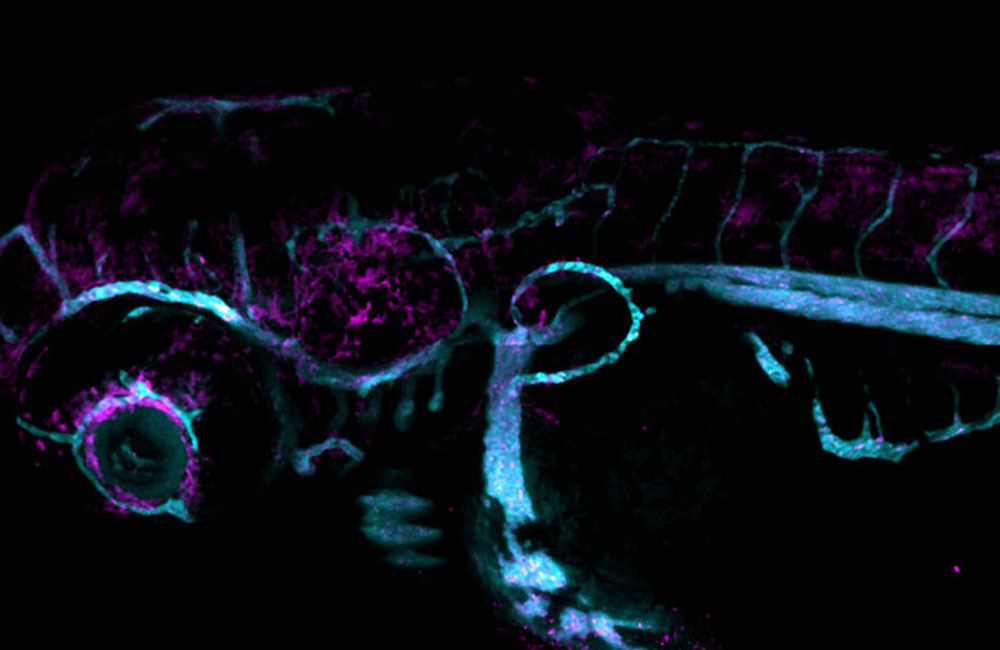
ARC Laureate Fellowship | Tracking nanoparticles: from cell culture to in vivo delivery
The aim of this ARC Laureate Fellowship is to define the fundamental mechanisms by which a nanoparticle travels from the bloodstream to its site of action inside a cell in vivo. This involves the use of advanced microscopy, novel nanoparticle delivery systems, and unique in vivo systems to dissect how a nanoparticle reaches target cells in a living organism and then reaches its site of action within those cells.
Nanoparticle-based drug delivery
Lipid droplets fight infection
General enquiries
+61 7 3346 2222
imb@imb.uq.edu.au
Media enquiries
IMB fully supports UQ's Reconciliation Action Plan and is implementing actions within our institute.
Support us
Donate to research
100% of donations go to the cause


